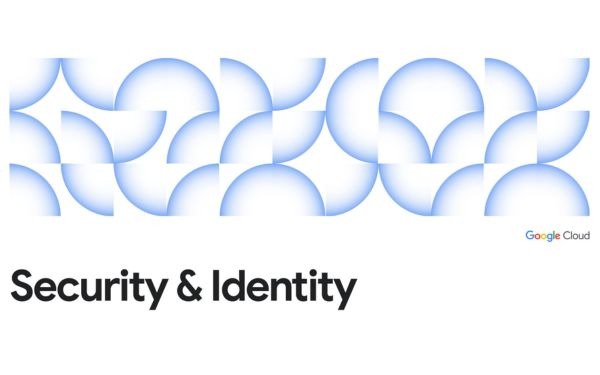Google Cloud liên tục đổi mới và đầu tư đáng kể vào khả năng ngăn…
Google Groups: Enhance security by resetting profiles
What’s new: Starting from creating group mailing lists to support, discuss, and handle internal tasks, many businesses have used Google Groups to connect and collaborate with each other right at work. But as with any social communication tool, it's important that your settings strike a balance between information sharing and information security.
By default, Google Groups are set to private. However, there are a few cases where, due to incorrect security configuration settings of Google Groups, customers have accidentally shared sensitive business information. That's why it's important to understand how to adjust your Google Groups security configuration to align with your business's policies. Details on how to do this are part of these The most comprehensive security method of Google for G Suite – this has been discussed a lot on the previous blogs.
Default protections against accidental misconfigurations.
To help prevent accidental data sharing, by default, Google Groups sharing settings are set to best protect privacy:
- Viewing groups – Viewing by group: By default, no one outside the business (domain) can view or search for information about groups within your business.
- Posting to groups – Posting to groups: By default, no one outside your business can post anything to your group.
- Joining groups – Join the group: By default, no one outside the business can become a team member.
- Creating groups – Create groups: By default, only people within the business can create groups
G Suite admins can individually adjust these default settings. They can review and update sharing permissions related to their domains from the Admin Console, while end users can review and update Google Groups permissions in group settings. Administrators can too Manage groups using the Directory API and group settings can be managed with Groups Settings API.
Group view: Configure settings at the enterprise level (domain level).
Admins can control who can view group information at the enterprise level in “Access To Groups”. There are two options:
Private: This is the default setting, meaning no one outside your business can access your group. Neither users nor business admins have the ability to create public groups.
Public: Users can create public groups, and individuals outside the business can access content discussed in these groups.
You should carefully consider whether to change access rights and groups from Private to Public on the Internet. If you give users permission to create public groups, you can always change the settings back to private. This will prevent people outside your business from accessing any groups within your company, including groups that your users previously made public.
Group view: Set the default view for new groups.
One thing to note is that, when you make the ability to create groups public, all new groups will be private by default and users will need to actively change each group's settings to make them private. in public mode. As an admin, you can change this default setting so that view access for new groups is limited to the entire enterprise or only to sub-organizations.
Google recommends that you choose the setting that best suits how your business uses Google Groups. Remember, this is the default setting for new groups – group owners can still change settings at the group level (if an admin sets “Access To Group” to private, users will not be able to allow any who online sees group information).
Post in groups: Set and control who can contact group members.
By default, external users cannot post in groups. However, in some cases, you may want outside individuals who may have contact with the group. For example, when handling support or sales requests. Users can do this without having to switch the view to "public".
As an admin, you can allow outsiders to post to a certain group, by editing that group's own settings (by selecting "Public" in the post). This setting applies regardless of whether the group topic is public or private.
As an admin, you can also give group owners the ability to authorize external posts through settings in the Admin Console, “Member & Email Access”.
Join groups: Settings related to adding group members
By default, group members must belong to the same domain. However, it's entirely possible for admins to add external members to groups directly, and they can also allow group owners to on one's own add external members. For example, when they need to contact and work with suppliers. Admins can also add external members regardless of whether the setting is public or private.
Create group: Settings for new group creators.
As an admin, you can also decide who can create groups in your organization. By default, anyone in your domain can create groups.
If you've allowed users in your domain to create public Google Groups and given anyone in the same domain the ability to create groups, you're trusting and authorizing them to manage the settings and use of groups themselves. this appropriately. You should carefully consider whether this configuration is in the best interest of your business.
For more information about how to secure your Google Groups, visit the Google Help Center. You can also review Google's security best practices on G Suite (Google Workspace).
Updated: Gimasys



